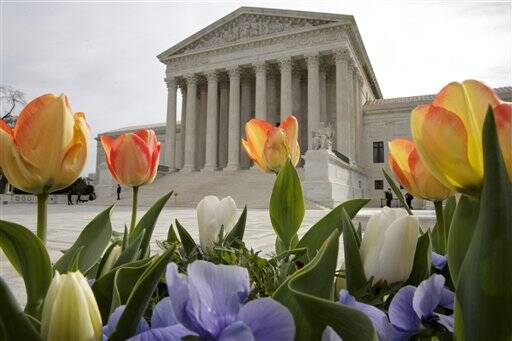The Supreme Court unanimously ruled on April 4 that states may count all residents, not only eligible voters, in drawing election districts so that they are all approximately the same size. The decision was hailed as an affirmation of the equal-representation principle, but it raises rather than resolves the question of who has the right to be heard in state legislatures, city councils and the like.
The court declined to require states to essentially reduce the number of districts in areas with disproportionate numbers of non-voters—which can include children, the “mentally incompetent,” immigrants who have not obtained citizenship and those who have lost their voting rights because of criminal convictions. But the court did not prohibit this practice either. As The Wall Street Journal editorialized, approvingly, “That leaves the door open for states to experiment with their own apportionment metrics in the future.”
The United States does not need this kind of experimentation. There is no ethical or moral justification for shifting political power—and, inevitably, government funding that is often awarded on the basis of legislative seats—to communities that have few children or that discourage group facilities such as halfway houses for ex-offenders. The misleadingly named Project on Fair Representation, which advocates such a shift and has also challenged the Voting Rights Act, may be back before the Supreme Court in support of any state that takes up The Wall Street Journal’s challenge. If that happens, we hope for a more conclusive, and a more inclusive, decision.








